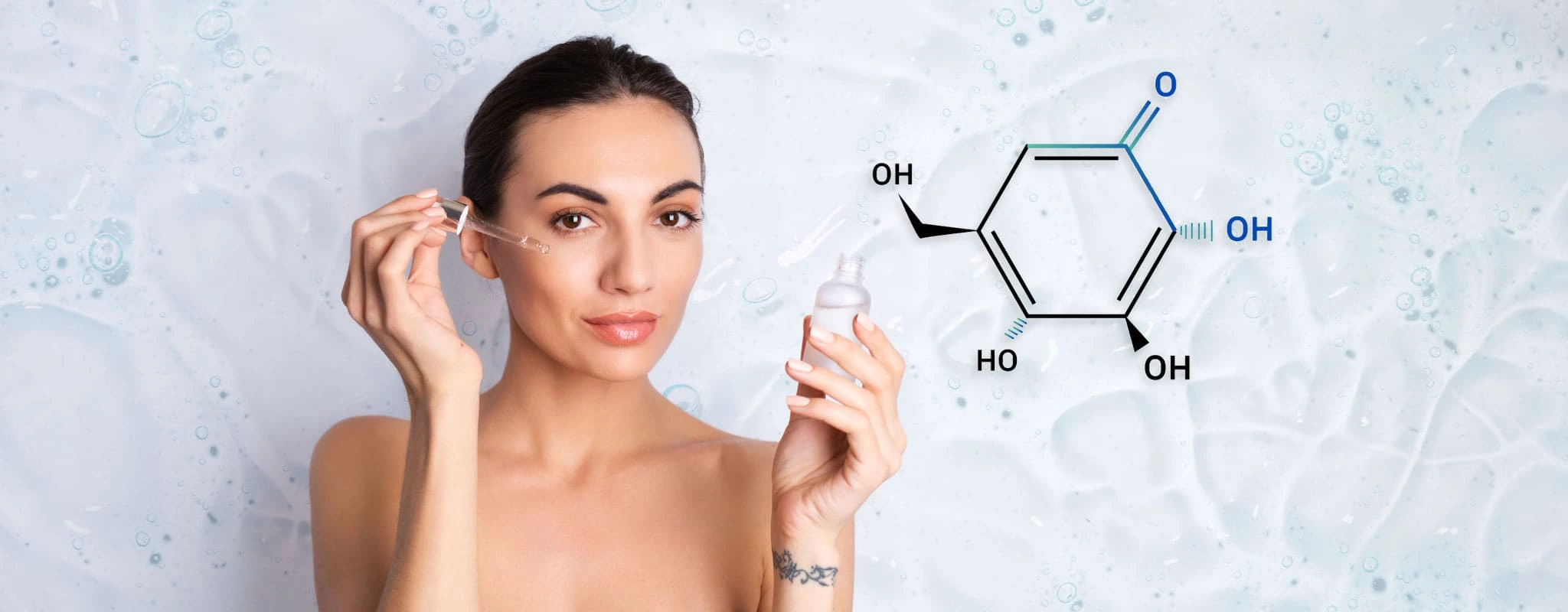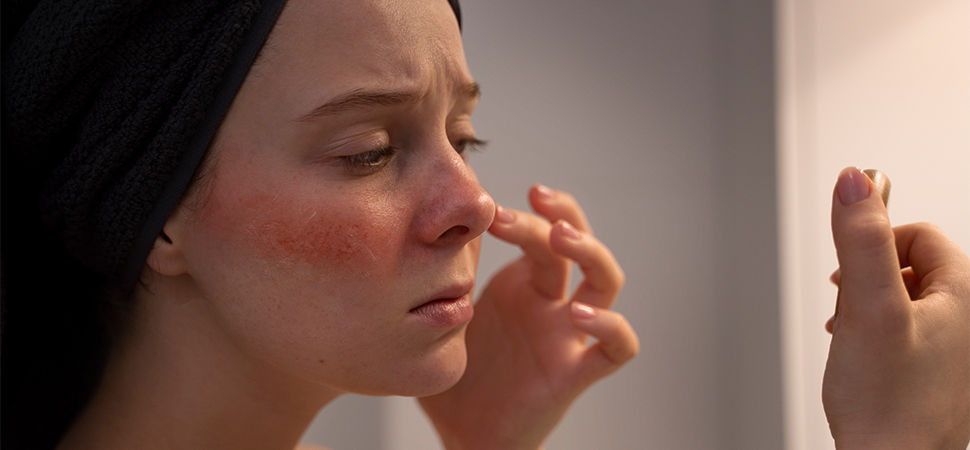
PHA may sound like a beauty insider’s secret, but they are actually a very common ingredient in the world of cosmetics. Polyhydroxy acids (PHAs) are a group of chemical compounds used as exfoliating agents by brands worldwide. The chemical works like magic, with its anti-aging properties reducing wrinkles and fine lines and providing a hydration boost to the skin while naturally promoting skin-cell regeneration.
PHAs have become popular as they are less irritating compared to similar exfoliators. They work effectively on softer and reactive skin and have fewer side effects, giving you a radiant glow without any fuss. Additionally, PHAs have antioxidant properties that avert any damage to skin cells and collagen, resulting in healthier skin. In this article, let us explore the various benefits of PHAs and how they work on our skin.
What are the Best PHAs to use in your skincare routine?

Gluconolactone and Lactobionic acid are the two go-to PHA types in most cosmetic products that provide a mild exfoliation experience. Gluconolactone Acid is naturally found in the skin and provides a complete exfoliating experience. It contains anti-aging properties and antioxidants that work gently on soft skin and strengthen its moisture barrier, making it healthier and less prone to rashes and irritation.
Lactobionics, on the other hand, are derived from sugars that help reduce fine lines and wrinkles in all skin types. Its gentle exfoliating properties work efficiently on rough and dehydrated skin, giving it a supple and healthier look.
Benefits of PHA on skin

PHAs are gentle and non-irritating, which makes them ideal for every skin type and skincare routine. It is a mild exfoliation solution suitable for all skin types. Besides this, there are other key benefits that this magic ingredient offers, such as:
- Complete Hydration: PHAs have humectant properties, helping the skin attract and retain moisture. This is beneficial if you have dehydrated skin. The results are glowing, healthier skin over time.
- Reduced irritation and itchiness: Due to larger molecules, PHAs cannot penetrate deep into the skin and cleanse your face without harmful side effects.
- Antioxidant properties: Some PHAs, such as gluconolactone, possess antioxidant properties that help neutralize free radicals that damage skin cells. This added layer of protection allows the skin to fight against premature aging.
- Stimulates collagen production: PHAs stimulate collagen production in the skin, which is responsible for its structure and elasticity, giving you a youthful appearance.
What’s the difference between PHAs and AHAs?
Like PHAs, Alpha hydroxy acids (AHAs) and Beta hydroxy acids (BHAs) are types of hydroxy acids blended with skincare products to reverse the signs of aging and hydrate the skin to give it a healthier glow. AHAs like glycolic and lactic acid help cure acne and dark spots, whereas BHAs like salicylic acid are anti-inflammatory agents.
PHAs are like the second generation of hydroxy acids. They are less reactive and safe for most skin types. The molecules’ size is the major difference between PHAs and other hydroxy acids. PHA has larger molecules and does not penetrate deep into the skin like AHAs and, therefore, causes less damage and irritation—the slower penetration of PHAs results in long-lasting results and sustained improvements to the skin over time.
Can PHAs be combined with other ingredients?

PHAs easily blend with other active ingredients and exfoliators and can be incorporated into your skincare regime containing Vitamin C and Retinol products. However, one must exercise caution and do a patch test to ensure no irritation. Bakuchiol is the perfect alternative to retinol, which is gentler and formulates easily with PHAs. Always remember to layer skincare products, starting with the thinnest layer and letting each layer dry before applying the next.
How often should we use PHAs?
PHAs can be used thrice or four times a week as they are gentler than other exfoliators. It is advised that PHAs should be slowly incorporated into the skincare routine, depending on your skin’s tolerance levels. The right amount of PHA depends on your skin type and how frequently you use exfoliators on your skin.
Side effects of PHAs

Polyhydroxy acids are milder than their counterparts and aren’t known to have any side effects. Instead of penetrating deep into the skin, they cleanse the top dermal layers of your skin. However, they are still acids; you should be cautious while applying them to your face. A patch test helps you understand if your skin is allergic to PHAs and is causing any irritation. Look for signs such as flaky skin, redness, and itchiness, indicating that the concentration is not mild enough for you.
In conclusion, PHA is a gentle yet powerful skincare ingredient that has risen in popularity, given its exfoliation properties without any side effects. The benefits of PHAs extend far beyond just exfoliation. It provides hydration, stimulates collagen, and fortifies the skin’s natural defenses against damage and signs of aging. Most importantly, all results are sustained and suitable for sensitive skin conditions.
Today, PHA is found in most cosmetic products and exfoliators as a gentler substitute for AHAs and BHAs. It is a truly inclusive ingredient that can be easily incorporated into your skin regime and used daily. So whether you’re seeking refuge against skin aging or aiming for a skincare routine free of side effects, PHA is a fitting ingredient that will help restore your natural radiance and nourish your skin.




